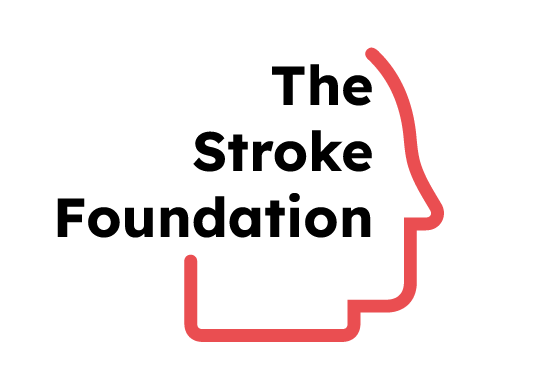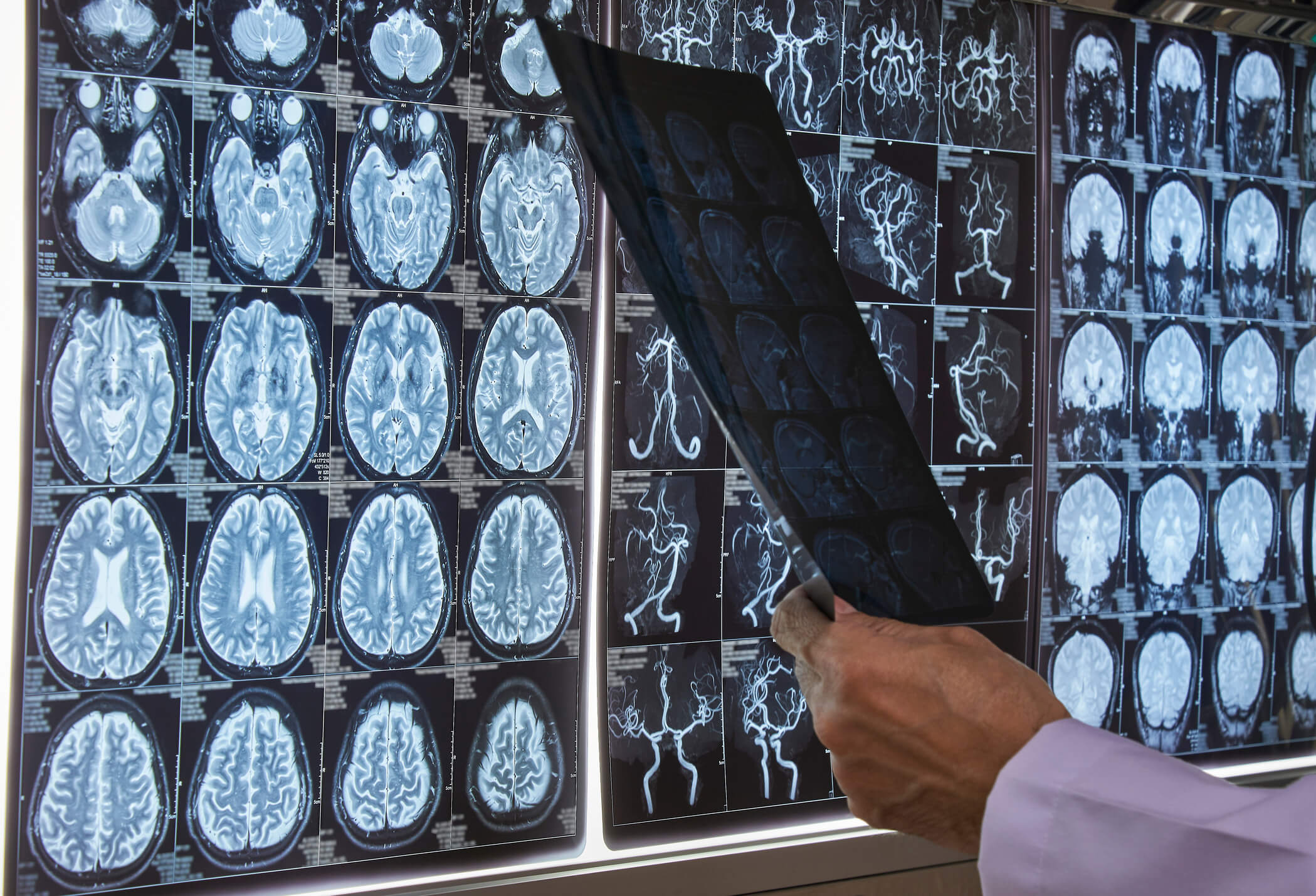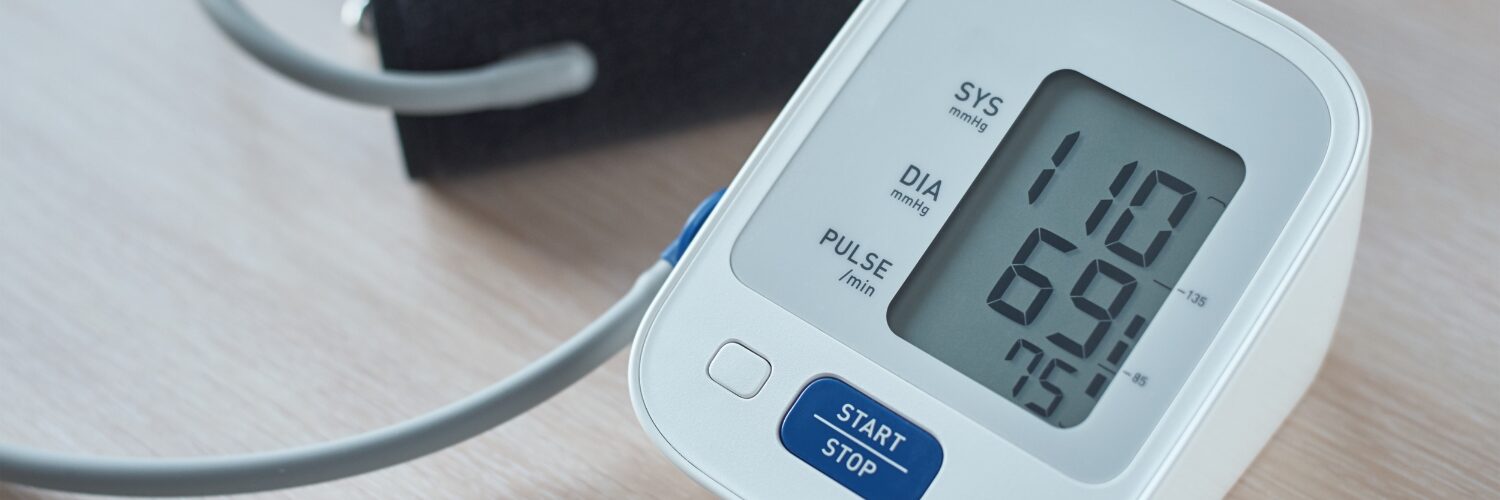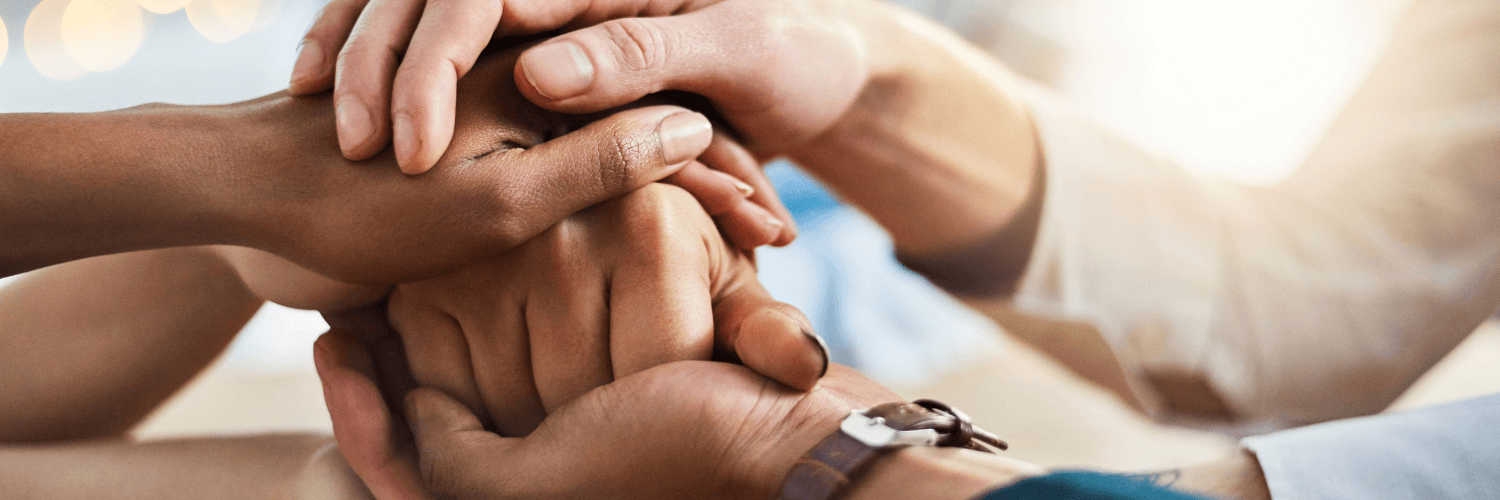What Is Neuroplasticity?
Neuroplasticity—sometimes called “brain plasticity”—refers to the brain’s ability to reorganize and form new neural connections throughout life. Even after a stroke damages brain cells (neurons) or disrupts their normal pathways, the brain can create new connections to restore function.
Think of it like a city after an earthquake: some roads are destroyed, but over time, detours are built, and traffic finds new ways to flow. In the brain, these detours are formed through repetition, stimulation, and learning—the foundation of recovery.
Neuroplasticity is a natural process, but after brain injury, it can be guided and enhanced through rehabilitation.
Why Does Neuroplasticity Matter in Stroke Recovery?
After a stroke, neurons in the affected areas may die or become inactive. But because of neuroplasticity, other parts of the brain can adapt and take over the roles those neurons used to play. With the right support and stimulation, this rewiring can help stroke survivors recover movement, language, memory, and other essential functions.
However, there’s a window of time when the brain is especially responsive to change—the earlier rehabilitation starts, the better the potential outcomes.
How to Promote Neuroplasticity
Recovery isn't just about waiting for the brain to heal—it’s about helping it heal. There are evidence-based ways to stimulate neuroplasticity and support the brain’s ability to rewire itself. These include:
Physical Therapy
- Constraint-induced movement therapy (CIMT) to encourage use of a weaker limb
- Task-specific exercises that mimic real-life activities
- Walking and balance retraining (locomotor therapy)
- Aerobic exercise, which improves blood flow and stimulates brain repair
Cognitive and Sensory Training
- Memory and attention exercises (apps, games, puzzles)
- Learning new skills or routines
- Activities that combine movement with thinking, like dance or tai chi
- Multi-sensory experiences (e.g., using different textures, sounds, smells)
Neurostimulation Techniques
- Electrical stimulation, either invasive or non-invasive, to “wake up” dormant areas of the brain
- Often paired with physical or speech therapy to maximize impact
Repetition and Intensity
- Repeating tasks frequently helps reinforce new neural pathways
- High-intensity, focused training produces better results than casual repetition
- Doing something just a little beyond your comfort zone pushes the brain to adapt
Novelty and Challenge
- Practicing new and unfamiliar tasks (rather than repeating old ones) leads to stronger plasticity
- Challenge keeps the brain engaged and prevents “autopilot” from setting in
Key Principles of Neuroplasticity
Understanding these principles can help you structure recovery in a way that maximizes brain healing:
- Use it and improve it: The more you practice a skill, the stronger that brain pathway becomes
- Use it or lose it: Without use, the brain may prune away unused connections
- The earlier, the better: Early rehab harnesses the brain’s natural recovery window
- Intensity matters: Small efforts help—but intense, targeted work leads to deeper change
- Specificity is key: Training should match the exact skill or function you want to improve
- Transference is possible: Learning one skill can help build capacity for related skills
- Interference is real: Stress, fatigue, or poor technique can hinder progress
- Personalization is essential: No two brains are the same—therapy should reflect your unique needs
A Note on Personalization
Not all stroke survivors experience the same type of injury, and even if two people have the same impairment—like aphasia—the affected brain regions may differ. That means what works for one person may not work for another. Recovery programs must be personalized, and progress may look different from person to person. That’s not a failure—it’s the nature of brain healing.
In Short…
Neuroplasticity is the brain’s way of healing itself. But like any healing process, it needs the right tools, time, and environment.
To promote meaningful recovery:
- Start therapy as early as possible
- Prioritize repetition, novelty, and intensity
- Stay mentally and physically active
- Seek out therapies that are tailored to your needs
- Be patient—lasting change takes time and effort
There’s still much to learn about how to best support neuroplasticity, but we know this: every effort you make counts, and your brain is capable of more than you think.


%20(2)%20(1).png)
.jpg)


